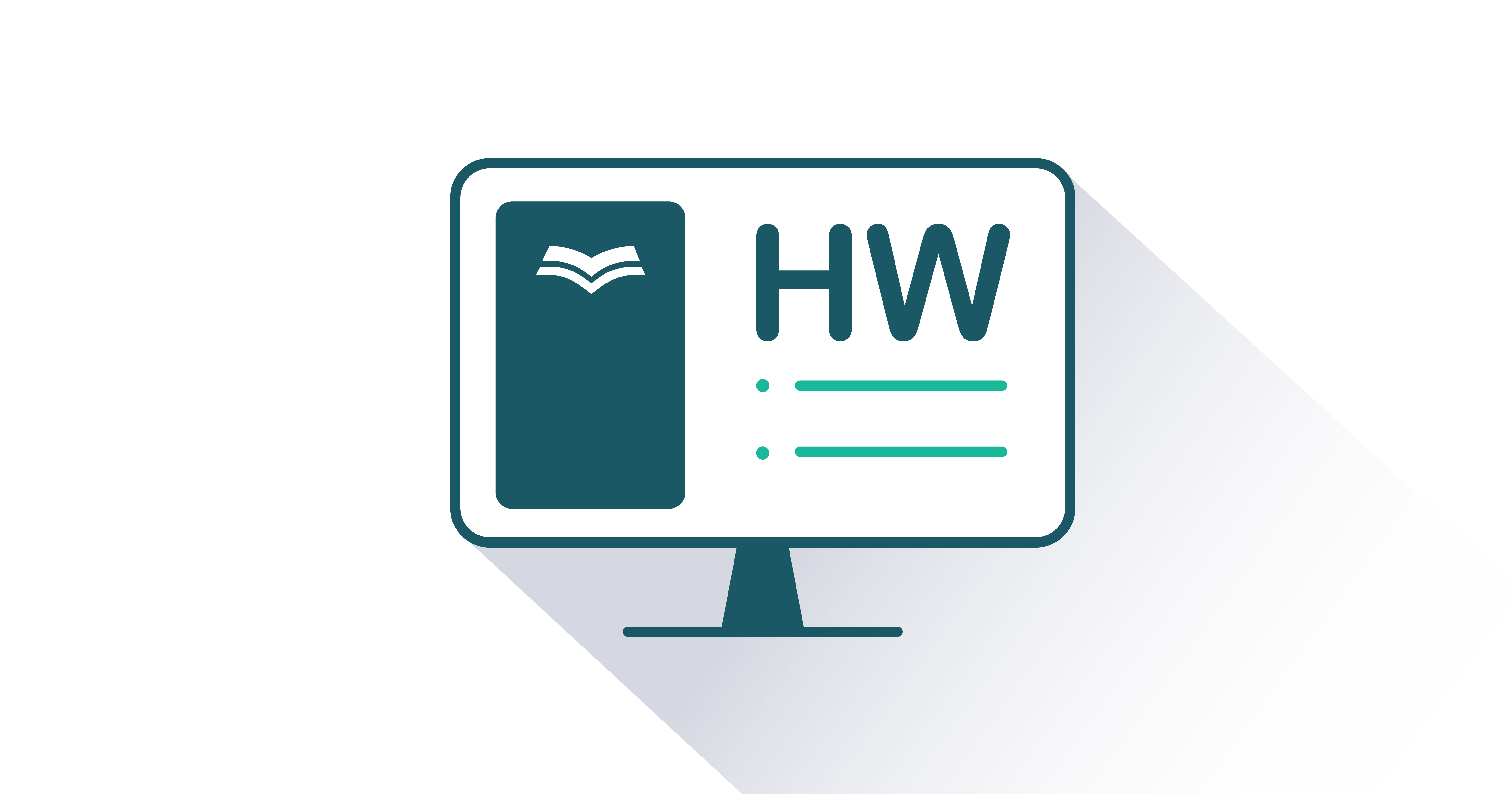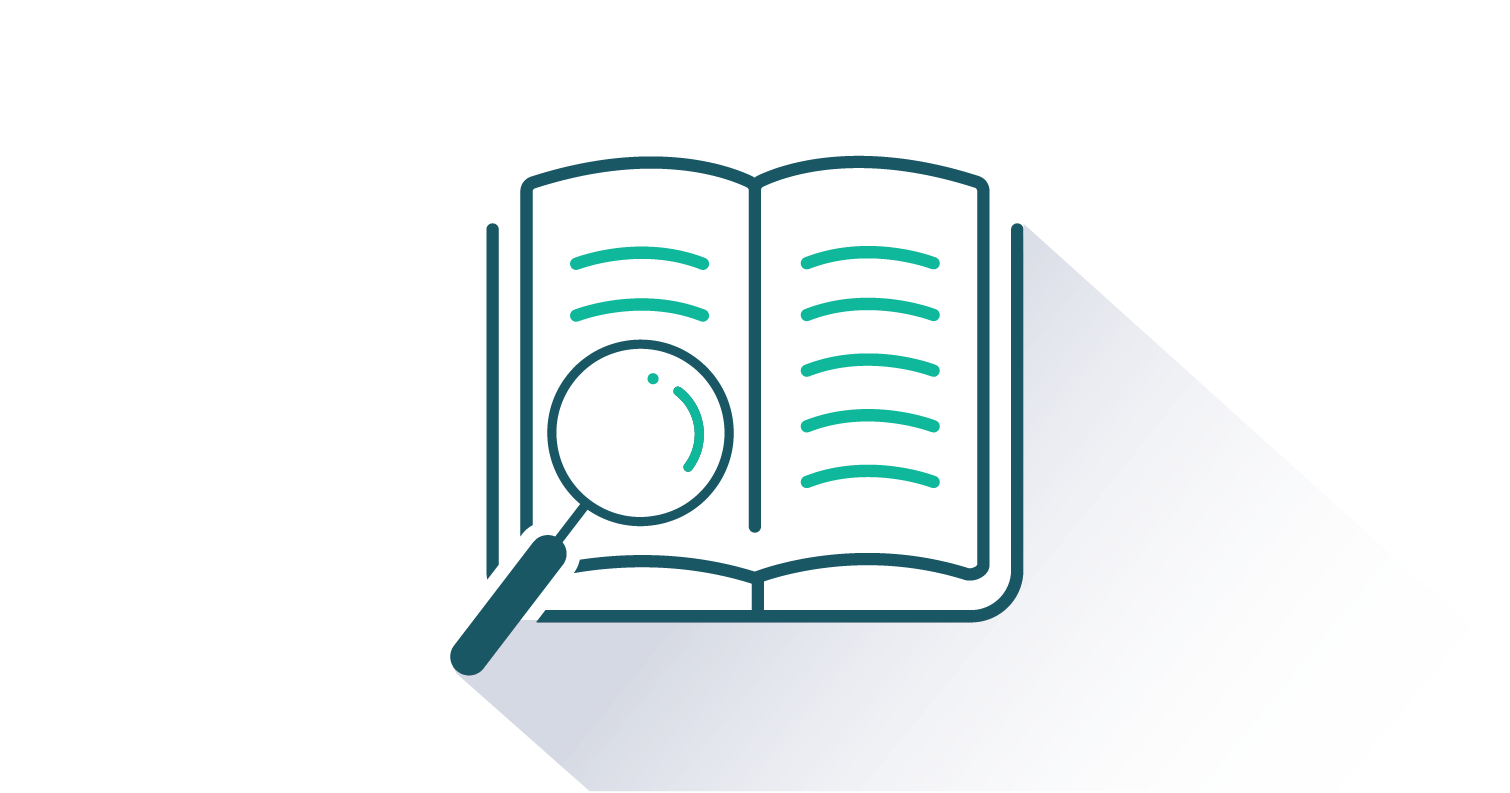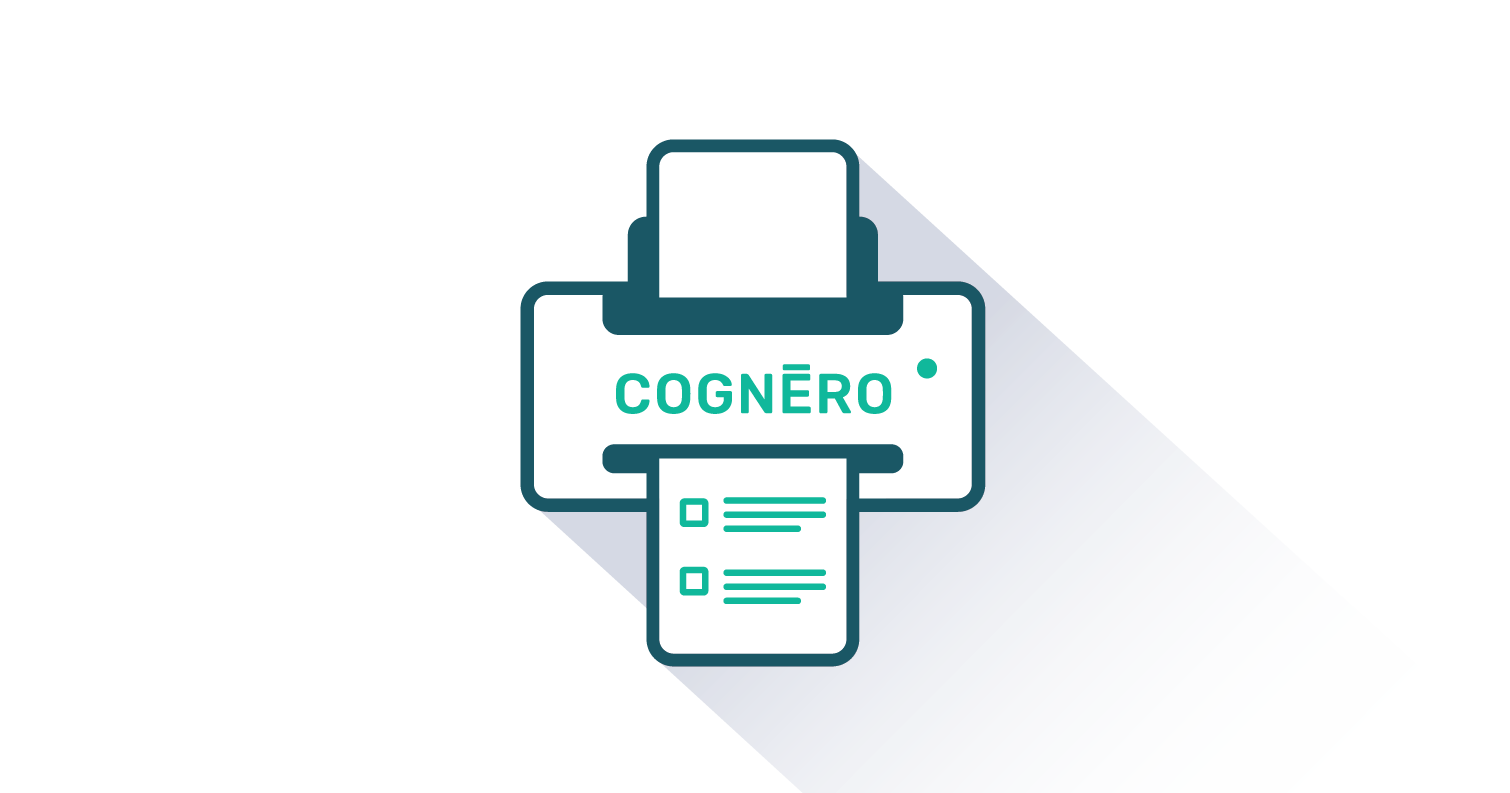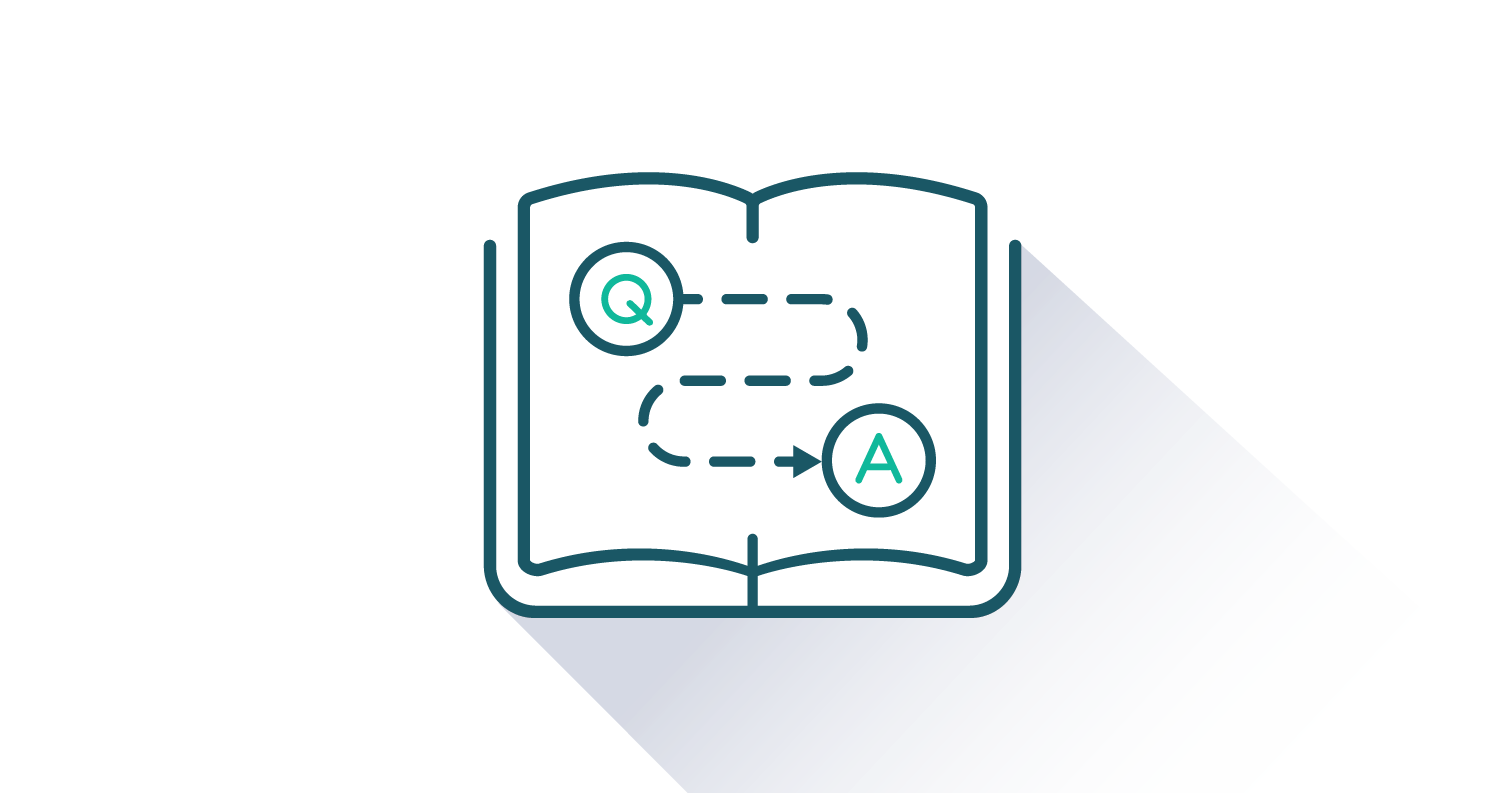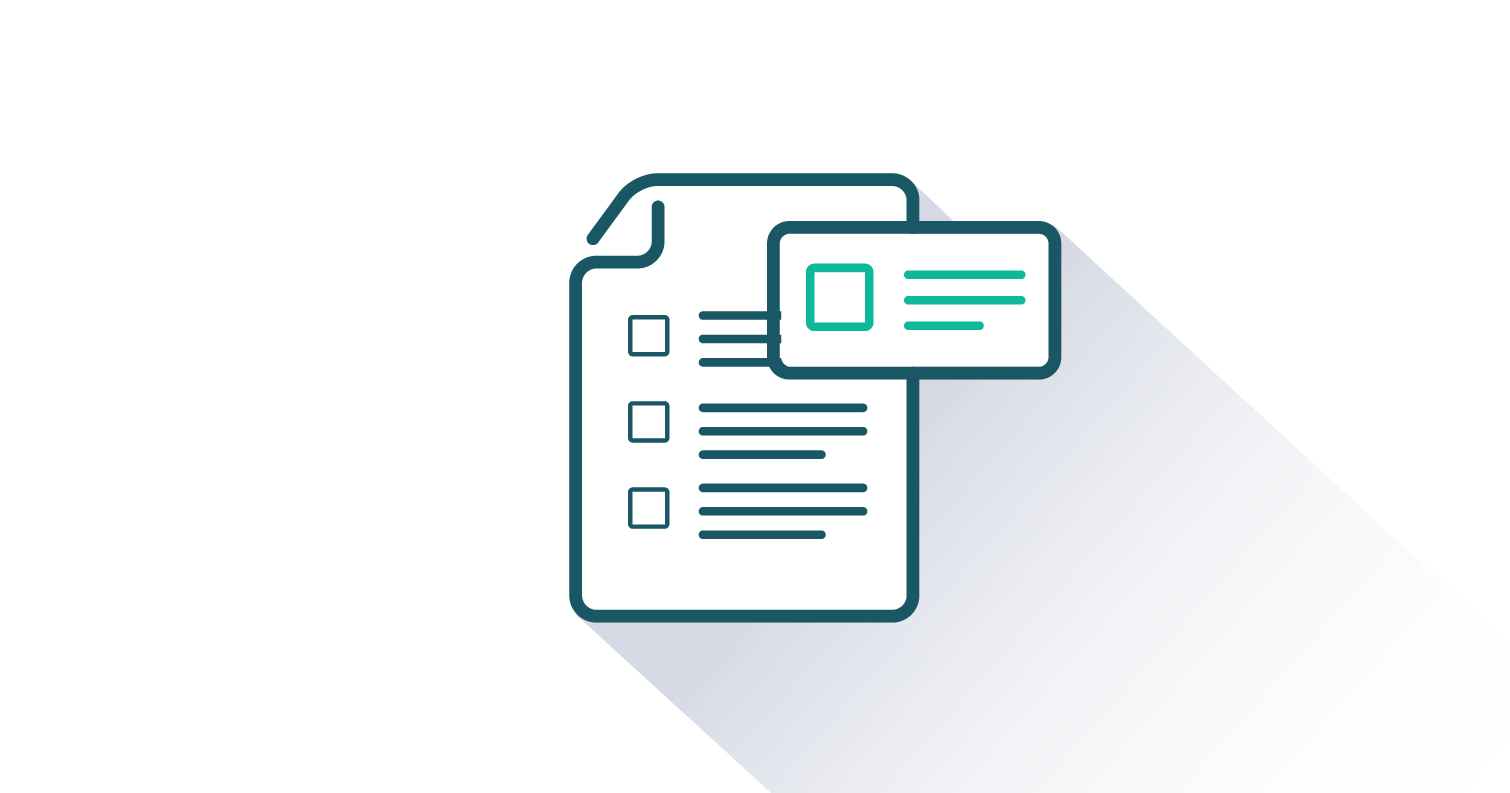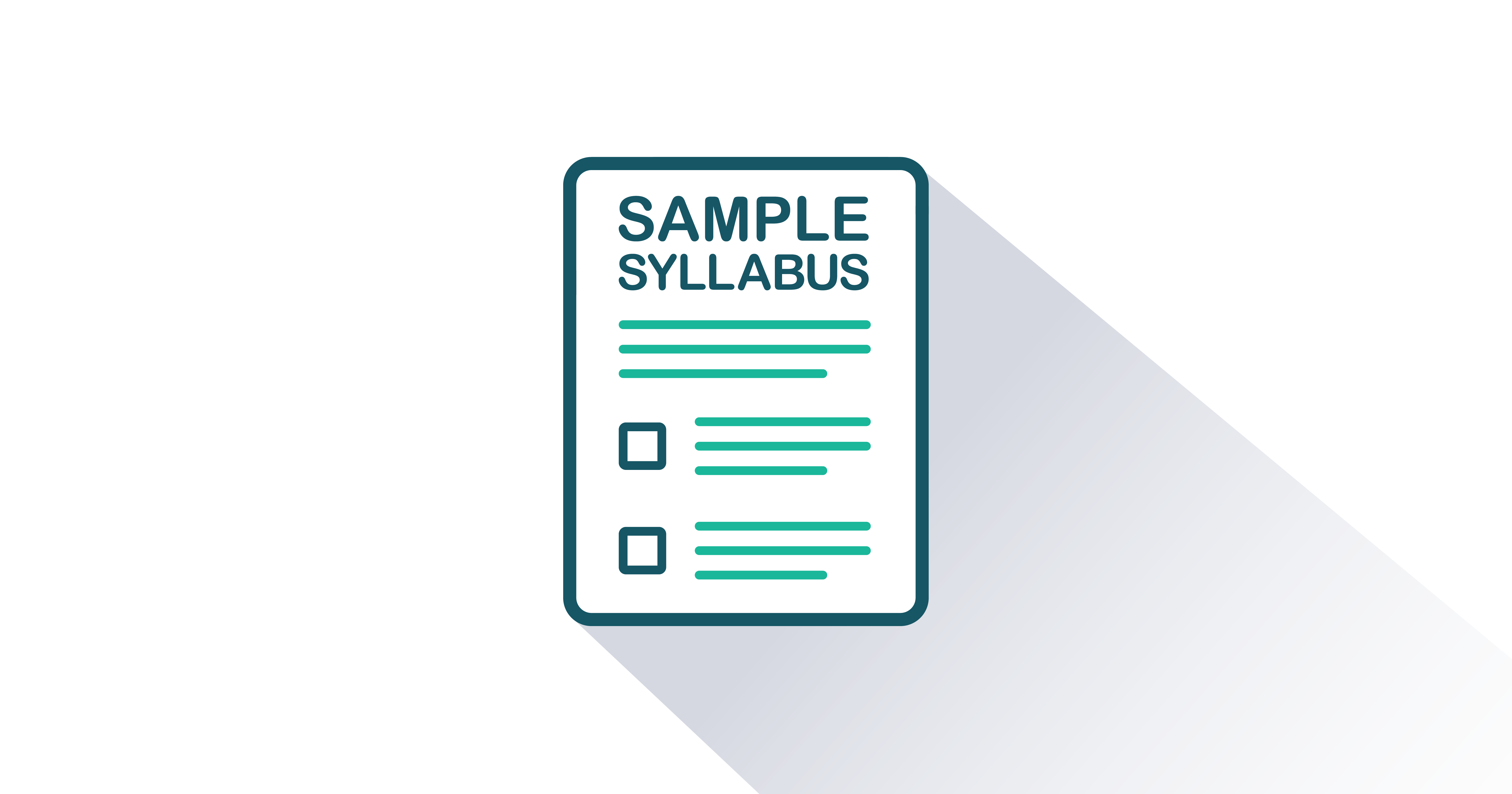Bruce Averill Chemist, Product Science Branch, Antimicrobials Division, Environmental Protection Agency, Washington, D.C.
Bruce A. Averill grew up in New England. He received his B.S. with high honors in chemistry at Michigan State University in 1969, and he received his Ph.D. in inorganic chemistry at MIT in 1973. After three years as an NIH and NSF Postdoctoral Fellow at Brandeis University and the University of Wisconsin, he began his independent academic career at Michigan State University in 1976. He was promoted in 1982, after which he moved to the University of Virginia, where he was promoted to Professor in 1988. In 1994, Dr. Averill moved to the University of Amsterdam in the Netherlands to work as Professor of Biochemistry. He then returned to the United States to the University of Toledo in 2001, where he was a Distinguished University Professor.
Dr. Averill's research interests are centered on the role of metal ions in biology. In his European position, Dr. Averill was responsible for obtaining funding for and coordinating the research activities of seven research groups from seven different European countries. In addition, he was responsible for the research theme on Biocatalysis within the E. C. Slater Institute of the University of Amsterdam, where he worked as head of a team of 21 professionals, ranging from associate professors to masters students at any given time. Dr. Averill's research has attracted a great deal of attention in the scientific community. His published work is frequently cited by other researchers, and he has been invited to give more than 100 presentations at educational and research institutions and at national and international scientific meetings.
Among his numerous awards, Dr. Averill has been named an Honorary Woodrow Wilson Fellow, an NSF Predoctoral Fellow, an NIH and NSF Postdoctoral Fellow, and an Alfred P. Sloan Foundation Fellow; he has also received an NSF Special Creativity Award. Dr. Averill has published more than 135 articles dealing with chemical, physical, and biological subjects in refereed journals and 15 chapters in various books. He has also published more than 80 abstracts from national and international meetings, and he co-edited a graduate text on catalysis. In addition, he has taught courses at all levels, including general chemistry, biochemistry, advanced inorganic, and physical methods. In 2004, Dr. Averill decided to explore an alternative to higher education by joining the State Department as one of the first Jefferson Science Fellows, focusing on scientific issues in the Western Hemisphere. Eventually, he returned to the State Department as a W.C. Foster Fellow in 2006, and subsequently joined the staff as the Senior Coordinator for Critical Energy Infrastructure Protection Policy. After several years, he left the State Department and briefly taught chemistry at the advanced secondary level, before finding himself working at the Environmental Protection Agency, reviewing proposals as an expert chemist.


